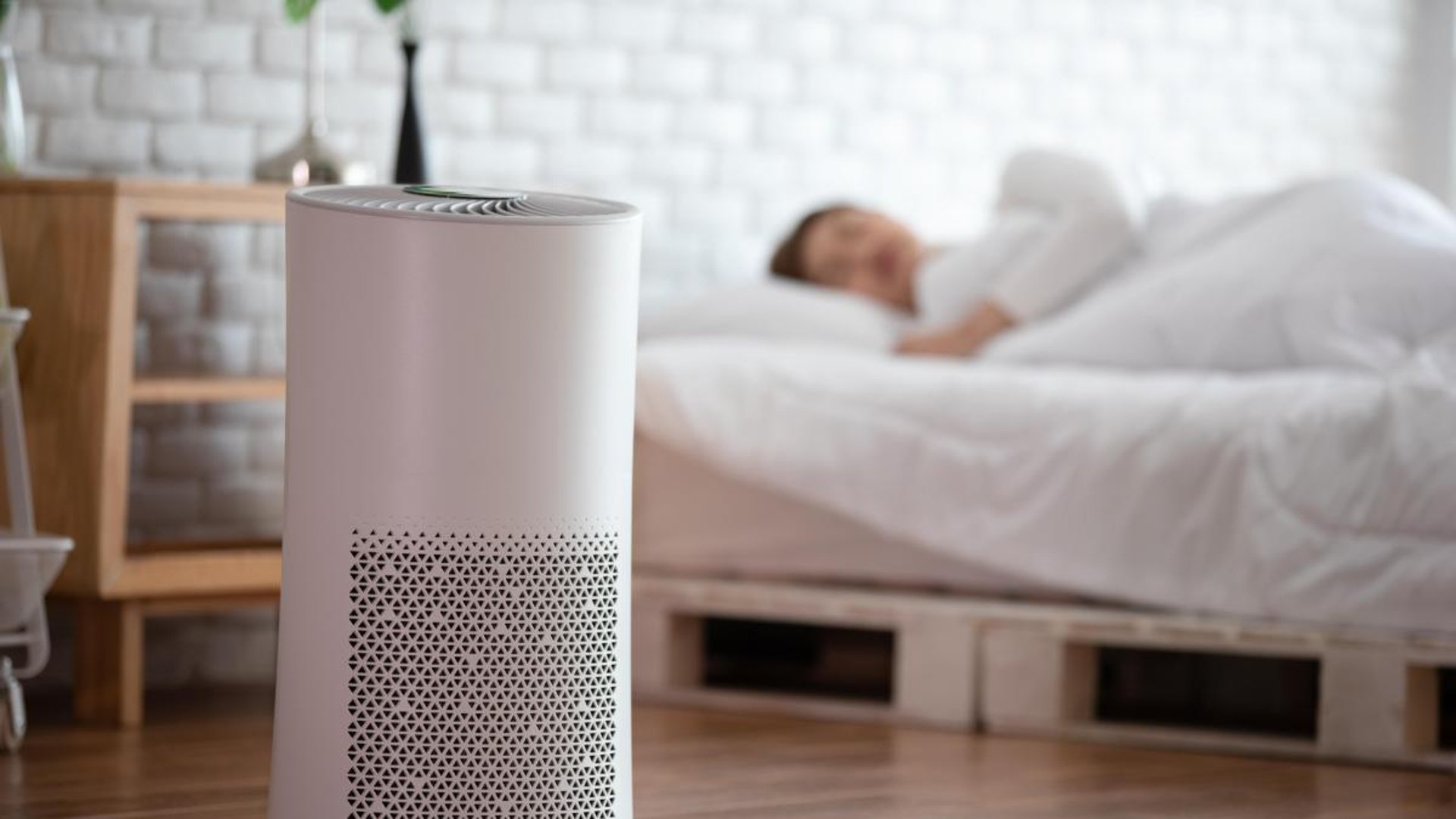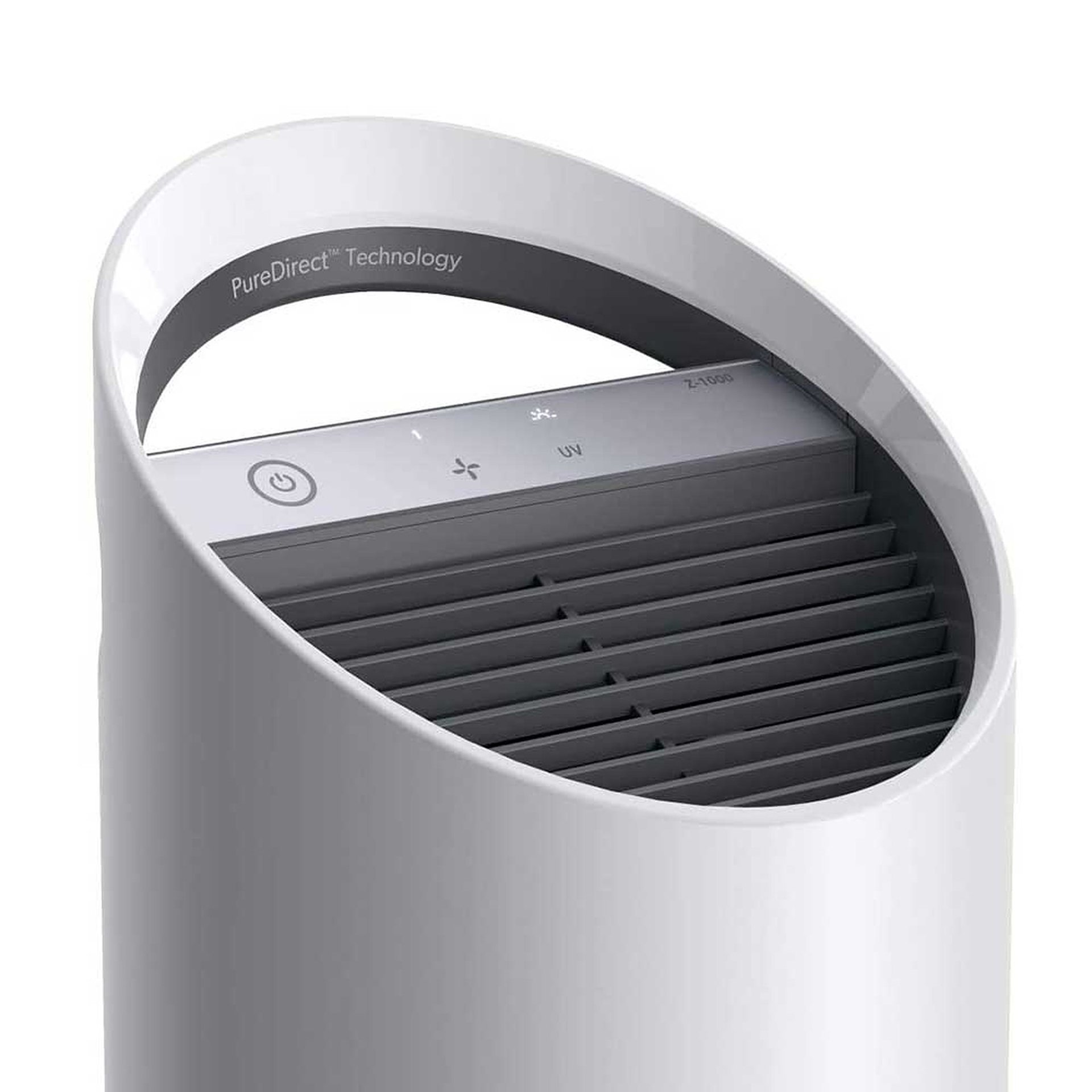
SALE AIR PURIFIERS
In today's fast-paced world, where pollution levels are skyrocketing, the need for clean and healthy air has become more critical than ever. Indoor air quality is often overlooked, but it plays a significant role in our overall well-being. Dust, allergens, pet dander, volatile organic compounds (VOCs), and other airborne pollutants can negatively impact our health, leading to respiratory issues and allergies.
Fortunately, technology has given us a powerful tool to combat indoor air pollution: air purifiers. These devices have gained immense popularity in recent years as people prioritize their health and strive to create a healthy home environment. This comprehensive guide will delve into the world of air purifiers, exploring their benefits, types, key features, and factors to consider when purchasing one. Let's dive in!
What is an Air Purifier?
Understanding Air Purification
An air purifier, also known as an air cleaner, is a device designed to remove contaminants and pollutants from the air in a confined space. These pollutants can include dust, pollen, smoke, pet dander, mold spores, bacteria, viruses, and even odors. The main goal of an air purifier is to improve indoor air quality and promote a healthier living environment.
How Do Air Purifiers Work?
Air purifiers use various technologies to cleanse the air, and the effectiveness depends on the type of purifier. Some common purification technologies include:
High-Efficiency Particulate Air (HEPA) Purifiers: These purifiers use a dense filter that can trap 99.97% of particles as small as 0.3 microns in size.
Activated Carbon Filters: Effective in removing odors, gases, and VOCs by adsorbing them onto the porous surface of the carbon.
Ionic Air Purifiers: Emit ions that charge particles in the air. The charged particles then stick to surfaces or are collected by metal plates inside the purifier.
Ultraviolet Germicidal Irradiation (UVGI) Purifiers: Utilize UV-C light to neutralize and kill bacteria, viruses, and mold.
Ozone Generators: Emit ozone to react with and neutralize certain pollutants. However, ozone generators can be controversial due to potential health risks.
The Importance of Clean Indoor Air
Indoor air quality can significantly impact our health and well-being. Studies have shown that indoor air can be more polluted than outdoor air, leading to respiratory issues, allergies, and other health problems. Children, the elderly, and those with pre-existing respiratory conditions are particularly vulnerable to indoor air pollution.
By investing in an air purifier, you can create a safer and healthier living space, free from harmful pollutants, allergens, and airborne viruses. The benefits of using an air purifier extend to improved respiratory health, allergy relief, odor elimination, and better overall sleep quality.
Benefits of Air Purifiers
Improved Respiratory Health
One of the most significant advantages of using an air purifier is its positive impact on respiratory health. For individuals with asthma, allergies, or other respiratory conditions, airborne allergens and pollutants can trigger symptoms and worsen their condition. Air purifiers with HEPA filters can efficiently remove these particles, providing cleaner air to breathe and reducing the risk of respiratory flare-ups.
Allergy Relief
Allergy sufferers can find significant relief by using air purifiers with HEPA filters. These filters can capture common allergens like pollen, dust mites, pet dander, and mold spores, helping to alleviate allergy symptoms such as sneezing, itching, and congestion.
Elimination of Odors
Unpleasant odors from cooking, tobacco smoke, pets, or household activities can linger in our homes, affecting our comfort and well-being. Air purifiers equipped with activated carbon filters are highly effective in absorbing and neutralizing these odors, leaving your home smelling fresh and clean.
Removal of Harmful Gases and Particles
In addition to allergens, indoor air can contain harmful gases and volatile organic compounds (VOCs). VOCs are emitted from household products like paint, cleaning agents, and furniture, contributing to indoor air pollution. Activated carbon filters in air purifiers can efficiently trap and remove these harmful substances, promoting a healthier indoor environment.
Peaceful Sleep
Clean and fresh air can lead to a better night's sleep. Air purifiers can reduce nighttime allergy symptoms, allowing you to breathe more easily and sleep more soundly. Additionally, many modern air purifiers have whisper-quiet operation, ensuring that the device won't disrupt your sleep.
Types of Air Purifiers
When shopping for an air purifier, you'll come across various types, each using different technologies to clean the air. Understanding the differences between these types can help you make an informed decision based on your specific needs and preferences.
High-Efficiency Particulate Air (HEPA) Purifiers
HEPA air purifiers are widely considered one of the most effective types. The HEPA filter can capture particles as small as 0.3 microns, including dust, pollen, pet dander, and even some bacteria and viruses. These purifiers are highly recommended for allergy and asthma sufferers as they can significantly improve indoor air quality.
Activated Carbon Filters
Activated carbon filters specialize in removing odors, gases, and VOCs from the air. The porous structure of the carbon effectively adsorbs these pollutants, neutralizing unpleasant smells and enhancing the overall air quality.
Ionic Air Purifiers
Ionic air purifiers use electrostatically charged plates or emitters to generate negative ions. These ions attach to airborne particles, causing them to become heavier and fall to the ground or stick to surfaces. However, some ionic purifiers produce ozone as a byproduct, which can be harmful at high concentrations.
Ultraviolet Germicidal Irradiation (UVGI) Purifiers
UVGI purifiers utilize ultraviolet light to kill bacteria, viruses, and mold spores. They are effective in sterilizing the air, making them a valuable addition to healthcare facilities or areas prone to microbial contamination.
Ozone Generators
Ozone generators produce ozone to react with and neutralize certain pollutants and odors. However, ozone can be harmful to the respiratory system when inhaled in large quantities, so caution is advised when using ozone generators.
It's essential to choose the right type of air purifier based on your specific needs and the types of pollutants you want to address in your living space.

Key Features to Look for
When selecting an air purifier, several key features can significantly impact the device's performance and your overall satisfaction. Understanding these features will help you make an informed choice and ensure that you get the best value for your investment.
CADR (Clean Air Delivery Rate)
CADR is a crucial metric that measures the efficiency of an air purifier in removing airborne particles like dust, pollen, and smoke. The higher the CADR rating, the faster and more effectively the purifier can clean the air in a given space. Look for air purifiers with higher CADR ratings to ensure they can handle the air volume in your room.
Coverage Area
Consider the size of the room or area where you plan to use the air purifier. Each purifier comes with a recommended coverage area, indicating the maximum room size it can effectively clean. If you buy a purifier with a coverage area too small for your room, it may not provide the desired results.
Filter Replacement Indicator
Filters in air purifiers require periodic replacement to maintain optimal performance. A filter replacement indicator is a helpful feature that notifies you when it's time to change the filters. This ensures that the purifier continues to function efficiently and that you are always breathing clean air.
Noise Level
The noise level of an air purifier can be an important consideration, especially if you plan to use it in a bedroom or a quiet space. Look for purifiers with low noise levels or a "sleep mode" feature that reduces the fan speed for quiet operation during the night.
Energy Efficiency
Since air purifiers run continuously, it's essential to choose an energy-efficient model to keep operating costs low. Look for the ENERGY STAR label, which indicates that the purifier meets strict energy efficiency guidelines set by the U.S. Environmental Protection Agency (EPA).
Factors to Consider When Buying an Air Purifier
Purchasing the right air purifier involves more than just selecting a type and model with the desired features. Several factors should be considered to ensure the purifier meets your specific needs and requirements.
Room Size
The size of the room where you plan to use the air purifier is a critical factor in determining the appropriate model. Measure the room's dimensions and select a purifier with a suitable coverage area to ensure effective air purification.
Filter Type and Replacement
Different air purifiers use various filter types, each targeting specific pollutants. Consider your air quality needs and choose a purifier with filters that can effectively address those concerns. Additionally, check the filter replacement schedule and cost to ensure maintenance is manageable.
Noise Levels
If you intend to place the air purifier in a bedroom or quiet area, noise levels are vital. Look for purifiers with low noise output or a dedicated sleep mode for peaceful operation during nighttime hours.
Energy Consumption
Since air purifiers operate continuously, their energy consumption can impact your utility bills. Opt for an energy-efficient model with the ENERGY STAR label to minimize long-term costs.
Additional Features
Many air purifiers come with extra features that can enhance user experience and convenience. Some common additional features include programmable timers, remote controls, air quality sensors, and multiple fan speed settings.
Considering these factors will help you find the best air purifier to suit your needs, ensuring a healthier and more pleasant living environment.
Maintenance and Cleaning Tips
To ensure your air purifier continues to operate at peak performance, regular maintenance and cleaning are essential. Follow these tips to keep your air purifier running efficiently:
Regular Filter Replacement
Check your air purifier's user manual for the recommended filter replacement schedule. Most filters need replacement every six to twelve months, depending on usage and air quality. Keeping the filters fresh ensures optimal performance and clean air output.
Cleaning the Exterior
Dust and debris can accumulate on the air purifier's exterior, affecting its overall efficiency. Use a soft, damp cloth to wipe down the exterior regularly. Avoid using harsh cleaning agents that may damage the purifier's surface.
Keeping the Air Purifier Efficient
To maximize your air purifier's efficiency, position it in an area with proper airflow. Avoid placing it near walls or furniture that might obstruct air intake or outflow. Additionally, avoid running the purifier in extremely dusty or humid conditions, as this can strain the unit and reduce its lifespan.
By following these maintenance tips, you can prolong your air purifier's lifespan and enjoy clean and healthy air for years to come.
